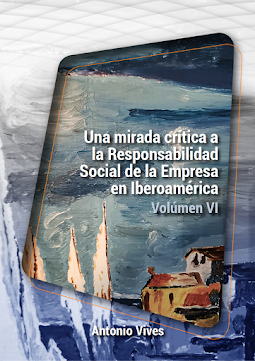Los más rencientes articulos han sido enviados a traves de dos medios. La razón es que Google canceló su servicio de subscriciones al blog y solo mantiene el envío a la lista fija de subscriptores activa al momento de la cancelación. Para aceptar nuevas subscricpiones y cancelaciones he tenido que acceder a un nuevo proveedor de envíos, de pago.
Este proveedor tiene la capacidad de actualizar la lista, altas y bajas, y enviar los artículos a la lista de subscriptores actualizada, por lo que que a partir de ahora utilizaré este servicio. Lamentablemente solo envía el comienzo del artículo y un nexo al artículo original en el sitio de Google. Espero que la curiosidad los lleve a leer el articulo completo.
Mientras tanto, para constatar que el nuevo servicio funcionaba, he mantenido ambos, pero a partir de hoy recibirán solo el nuevo, este.
Disculpas por la confusión. Para un novato en lides informáticas, ha sido traumático.
P.S.1 Y la ventaja es que ahora contiene un nexo para darse de baja (lo que no recomiendo!) y cancelar direcciones que no funcionan.
P.S.2 Si cambias de correo electerónico deberás volver a subscribirte en el lado derecho del articulo original.









